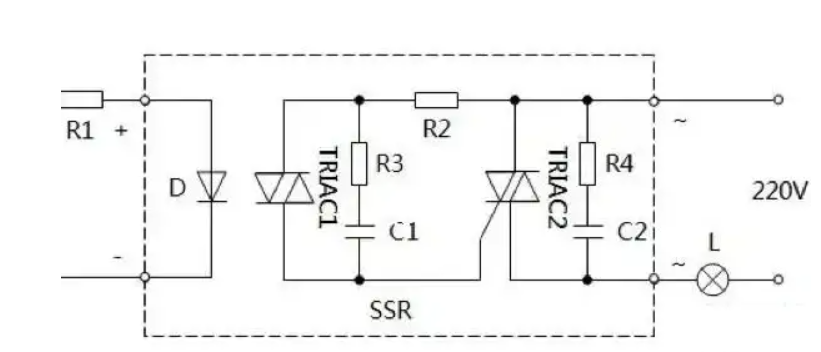
- 家
- >
- 消息
- >
- 功率繼電器的特性和規律02
- >
功率繼電器的特性和規律02
2022-09-12 12:30Between the induction and execution of power relays and other switching appliances, they are opposed to each other and struggle with each other. This is because for the induction part of an electrical appliance, it is always hoped that its ability to respond to signals is as strong as possible (the more types of response signals, the smaller the value, and the faster the response speed, the stronger the induction function is) , and for its execution part, it is hoped that its ability to switch circuits is as strong as possible. However, for electrical appliances with strong induction function (such as contact power relays), due to the weak input signal and the small execution signal (such as mechanical force) given by its transformation and comparison, in order to ensure the reliable operation of the actuator, it has to be Its parameters (such as contact pressure and size requirements) are correspondingly reduced, so the ability of the actuator to switch the circuit is correspondingly reduced, that is, the executive function is correspondingly weakened. Conversely, for electrical appliances with greatly enhanced executive functions, their induction functions must be relatively weakened. Therefore, induction and execution constitute a pair of contradictions. power relays and other switching appliances are constantly changing and developing through the constant struggle of the two parties within this contradiction under the impetus of various requirements put forward in the process of production development.

For example, with the continuous development of production, the signal value required to respond to the electrical appliance is getting smaller and smaller, and the capacity of the circuit required to be controlled is getting larger and larger, which often makes the same electrical appliance unable to meet these requirements at the same time. As a result, the contradiction between induction and execution began to sharpen, and as a result of their strengthening, they were split from the same body, forming a type of electrical appliance that is mainly used to sense signals, while the other type of electrical appliance is mainly used to execute, that is, to switch the main circuit. In this way, there is a proper division of labor among the electrical appliances, and is divided into different fields. power relays are a type of electrical appliances that are mainly used to sense various signals and occupy a wide field in this division of labor, while contactors are another type of electrical appliances that are mainly responsible for performing tasks. For another example, in general power relays (such as electromagnetic power relays, etc.), due to the independent existence of induction and execution parts, the thread structure is complex and there are many parts, which cannot meet the needs of more aspects of production and use. So the contradictory struggle between induction and execution has entered a new stage, and they have been transformed from division to a new unity, and the reed relay has appeared. This kind of relay, because the reed is both an induction mechanism (together with a coil or a permanent magnet) and an actuator, one component has a variety of functions, which greatly simplifies the structure, greatly reduces the number of parts, and operates very quickly, with high sensitivity and high sensitivity. It is easy to respond to various signals, and realizes a new change in the structure and function of the contact relay. Therefore, it developed rapidly as soon as it came out. For another example, with the continuous improvement of the degree of automation and production efficiency, on the one hand, the relay is required to be able to sense various signals given in the production process that are not only weak in value but also very short-lived, and on the other hand, the actuator of the relay is required to be able to Perform extremely frequent operations per unit time (for example, thousands or even tens of thousands of times per minute). However, in a contact relay, from induction to execution, due to the transformation process and the large inertia of mechanical movement, it cannot quickly follow the short-term input signal to act, or even cannot act at all and
In a word, the contradiction between induction and execution exists in the interior of power relays and other switching appliances, and runs through the whole process of its development, which determines their structural type, performance characteristics and scope of use. Our task is to understand and master these laws, so as to create conditions to resolve conflicts and make greater contributions to the world according to the requirements of production and use.
